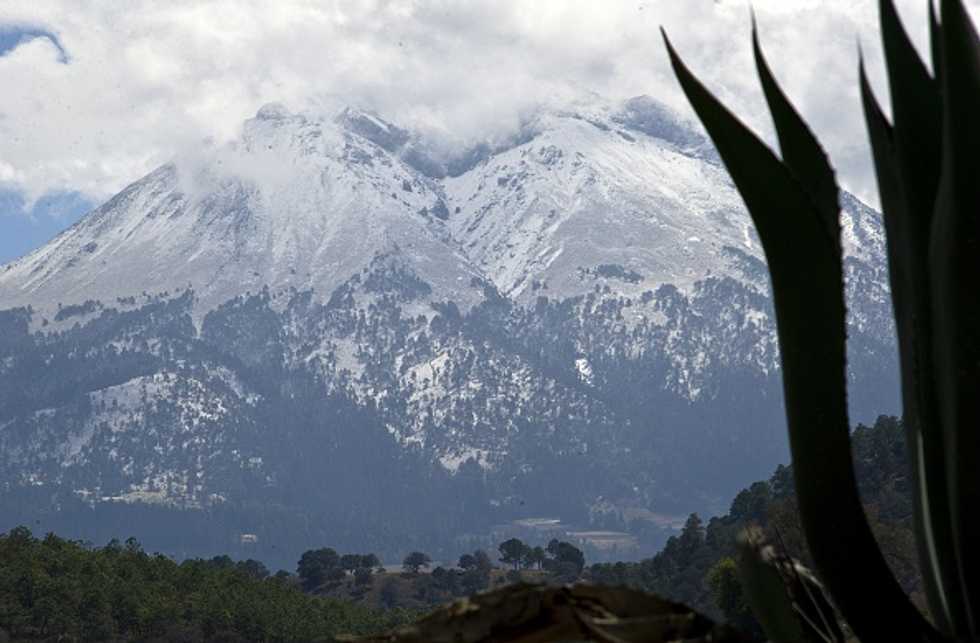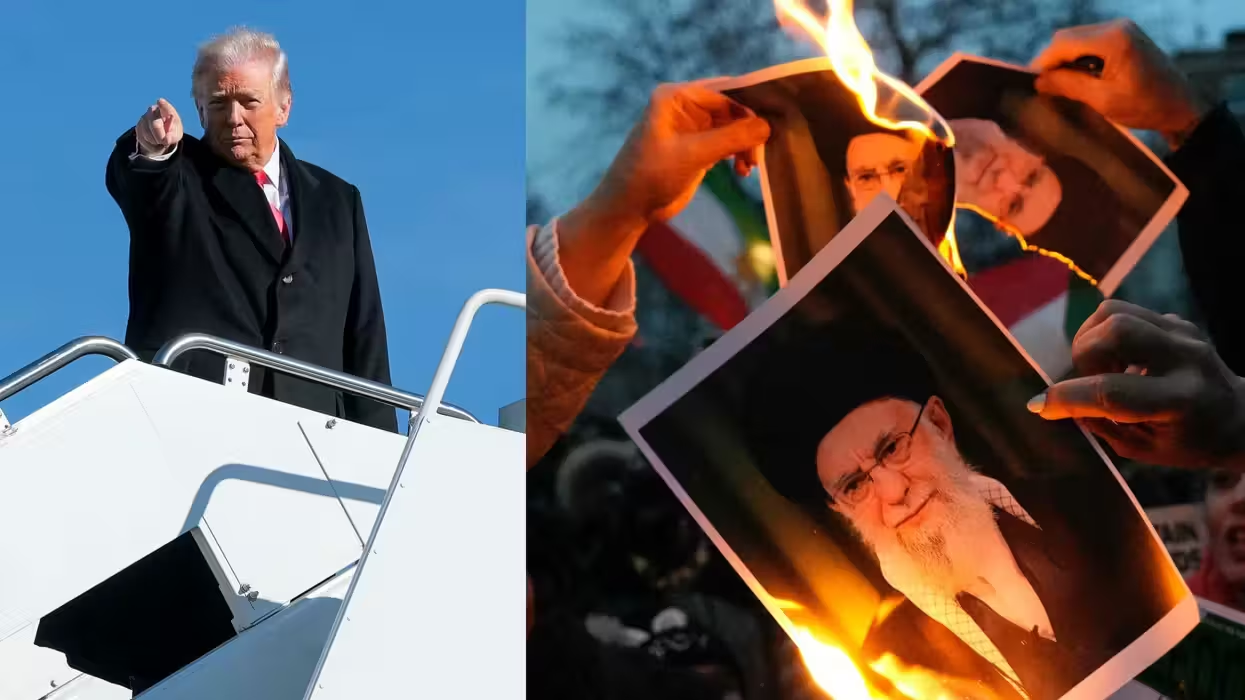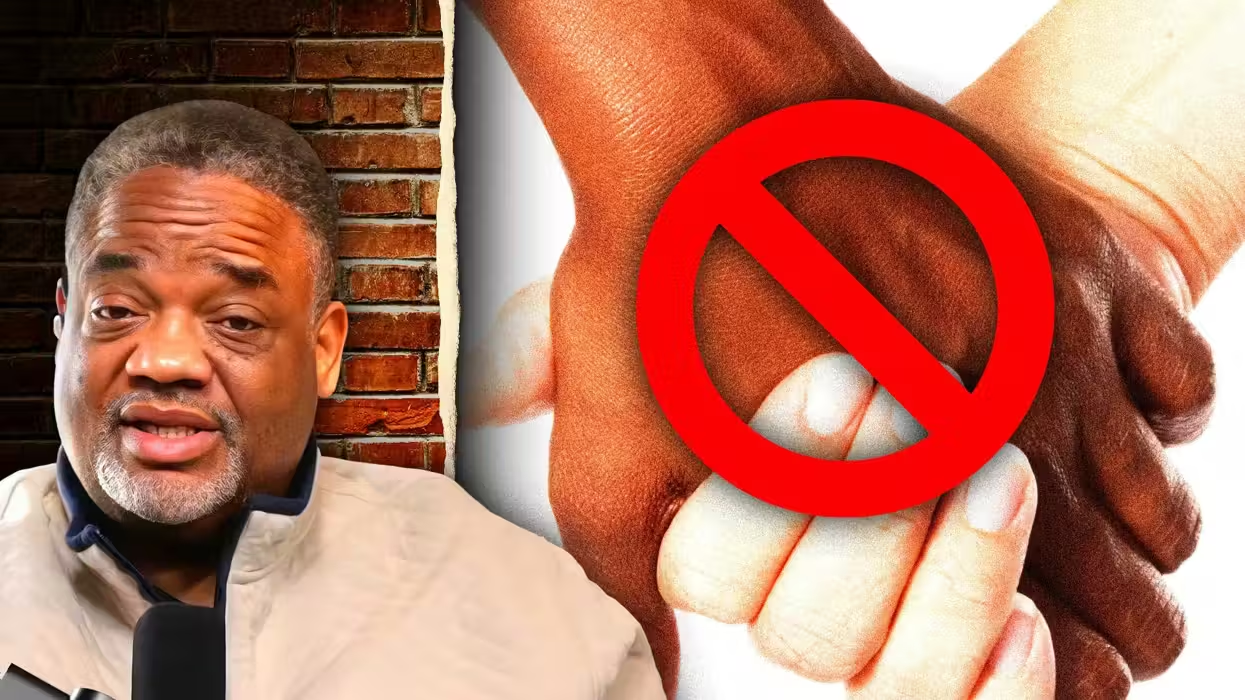
Picture taken from Tlatichuca, state of Puebla, Mexico, on March 13, 2015 of the Pico de Orizaba mountain, where four climbers died in 1959. A team of Mexican climbers searching for a frozen body on the country's highest mountain -- and North America's third -- stumbled onto a second mummified cadaver during their expedition on March 5. The 12 local civil protection mountaineers had embarked on their mission after climbers reported seeing a frozen skull 310 metres (1,000 feet) from the peak of the Pico de Orizaba. The second body was found 150 metres away, and it was also frozen and mummified, said Juan Navarro, mayor of the town of Chalchicomula de Sesma, near the mountain. AFP PHOTO/RONALDO SCHEMIDT (Photo credit should read RONALDO SCHEMIDT/AFP/Getty Images)
 Picture taken from Tlatichuca, state of Puebla, Mexico, on March 13, 2015 of the Pico de Orizaba mountain, where four climbers died in 1959. (RONALDO SCHEMIDT/AFP/Getty Images)
Picture taken from Tlatichuca, state of Puebla, Mexico, on March 13, 2015 of the Pico de Orizaba mountain, where four climbers died in 1959. (RONALDO SCHEMIDT/AFP/Getty Images)






